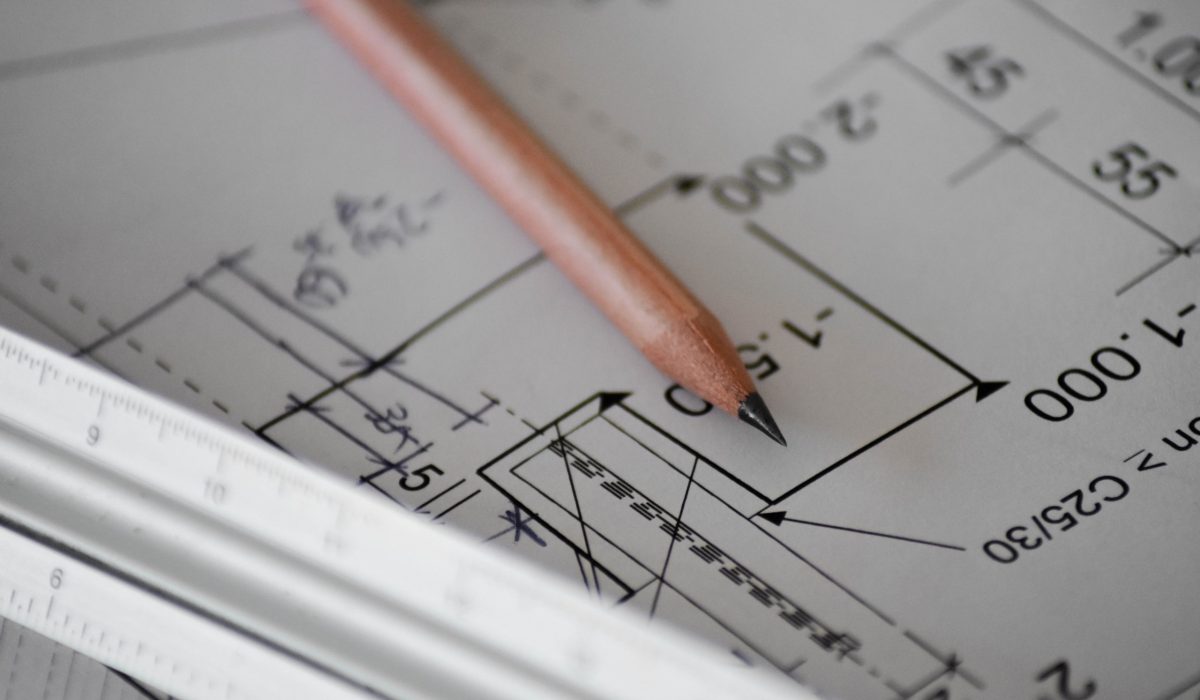AIA billing is a powerful tool for streamlining construction payment applications. In fact, many construction businesses that successfully implement AIA billing enjoy accurate payment tracking, faster approvals, and stronger trust among project stakeholders.
In this article, we break down how AIA billing works, highlight its key components, and explore whether AIA pay apps are right for your business. Let’s start by defining what AIA forms are and when you should use them.
What Is an AIA Construction Form?
AIA pay applications are standardized forms developed by the American Institute of Architects (AIA) to streamline the construction payment process. Used widely by general contractors, AIA forms bring consistency to the payment application process, enabling stakeholders to track progress and payments with clarity.
While there are many AIA documents, GCs tend to use two key forms: the AIA G702 Application and Certificate for Payment and the AIA G703 Continuation Sheet.
- The G702 Form: Serves as the main payment request form, summarizing the project’s financials, including the total contract amount, payments made to date, retainage held, and the current payment request.
- The G703 Form: Breaks down the Schedule of Values (SOV) into individual line items, detailing the percentage of work completed and the value of stored materials for each phase of the project.
Where to Find AIA Pay Application Forms
The most direct method is purchasing forms from the official AIA website, where you can purchase individual documents or pay a subscription to access contract templates.
Authorized resellers and construction software, like GCPay, enable you to create your own AIA forms from within the platform.
Key Components of AIA Billing
These components form the backbone of the AIA billing process, providing the structure necessary for accurate and efficient payment management:
- AIA Forms (G702 and G703): Offering a detailed record of work completed, materials stored, and amounts due for payment.
- Schedule of Values (SOV): The SOV is the foundation of AIA billing. It itemizes all project phases and assigns a dollar value to each task, enabling contractors to bill incrementally based on progress.
- Compliance and Lien Waivers: Submitting compliance documents, such as lien waivers and insurance certificates, confirms all legal and contractual obligations have been met.
- Retention: Retainage is a portion of payment withheld by the owner to ensure that all work is completed to satisfaction. It’s released when specific milestones are reached or at project completion.
Once forms are submitted and then approved, payments are issued, minus any retainage.
Should Your Construction Business Use AIA Billing?
Sure, AIA billing can bring consistency and transparency to construction payments, but it’s not a one-size-fits-all approach. For smaller projects or businesses with minimal subcontractor involvement, the complexity of AIA billing may outweigh its benefits. Without the right tools, manually preparing these detailed forms can also be labor-intensive and prone to errors.
For larger projects or incremental billing, however, AIA billing is transformative. It offers a structured approach to tracking progress payments, ensuring compliance, and minimizing disputes. Standardized documentation accelerates approvals and strengthens stakeholder trust. When powered by technology like GCPay, the process becomes seamless — eliminating errors, saving time, and supporting your business to run more efficiently.
[For more insights on maximizing value from AIA payment applications, read our Quick Guide to AIA Billing.]
Simplify AIA Billing with GCPay
Built specifically for general contractors, GCPay simplifies and automates the entire payment application process. Through a direct partnership with AIA, GCPay also enables subcontractors to submit official AIA G702 and G703 pay applications seamlessly within the platform. GCPay provides:
- Official AIA Forms: Require subcontractors to submit fully compliant AIA G702/G703 forms directly in the platform.
- Error-Free Submissions: Automated checks prevent math and compliance errors.
- Streamlined Reviews: Ensure all payment applications are complete and ready for approval.
- ERP Integration: Automatically sync all key data with your ERP.
- Compliance Management: Track lien waivers and ensure all requirements are met.
Ready to unlock the benefits of AIA billing for your construction business?

